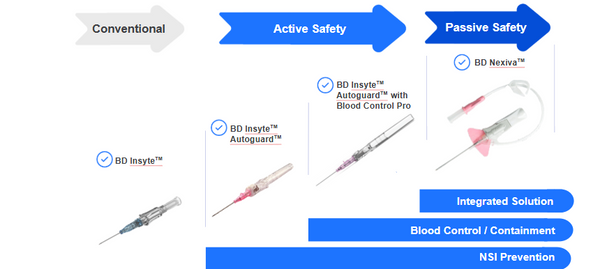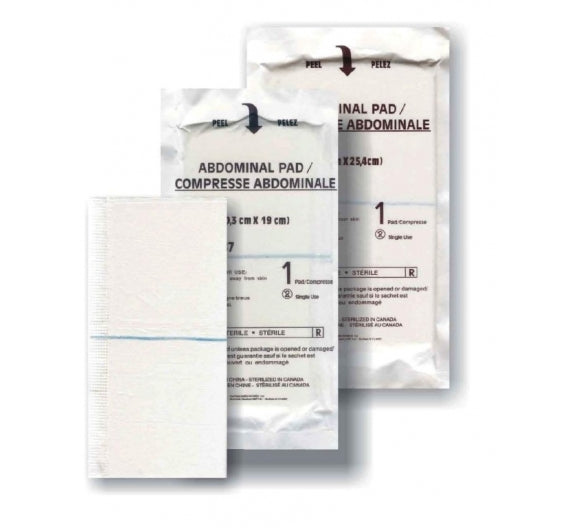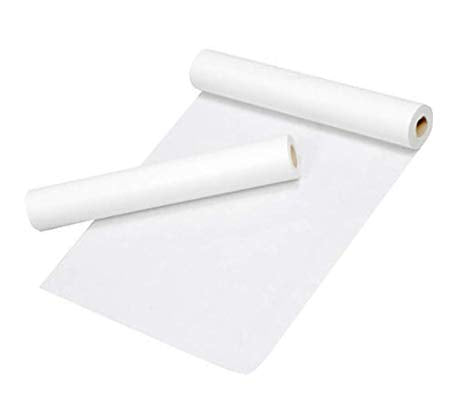Bactigras vs Jelonet vs Inadine Dressings
Bactigras vs Jelonet vs Inadine Dressings
Wound care is an important aspect of healthcare that involves the use of various dressings to promote healing and prevent infections. Among the commonly used dressings are Bactigras, Jelonet, and Inadine dressings. These dressings differ in composition, mode of action, and indications. In this blog post, we will discuss the differences between these dressings and their uses.
Bactigras Dressings
Bactigras dressings are a type of sterile gauze dressing that contains chlorhexidine, a broad-spectrum antiseptic. The chlorhexidine in Bactigras dressings provides antibacterial protection against a wide range of gram-positive and gram-negative bacteria. Bactigras dressings are particularly useful in the treatment of infected wounds, as they can help to prevent the spread of infection and promote healing.
Examples of uses for Bactigras dressings include:
- Infected wounds - Bactigras dressings can be used to treat wounds that are infected with bacteria. The chlorhexidine in the dressing helps to kill bacteria and prevent the spread of infection.
- Burn wounds - Bactigras dressings can be used to treat burn wounds, as they provide antibacterial protection and prevent the dressing from sticking to the wound.
- Skin grafts - Bactigras dressings can be used to cover skin grafts, as they provide a sterile barrier against infection and promote healing.
Bactigras Available Dressing Sizes:
Jelonet Dressings
Jelonet dressings are a type of sterile paraffin gauze dressing that is impregnated with soft paraffin. The soft paraffin in Jelonet dressings helps to soothe and protect the wound, while the mesh structure of the dressing allows for the wound to breathe. Jelonet dressings are particularly useful in the treatment of burns and skin injuries.
Examples of uses for Jelonet dressings include:
- Burns - Jelonet dressings can be used to treat burns, as they soothe and protect the wound while allowing it to breathe.
- Skin injuries - Jelonet dressings can be used to treat skin injuries such as abrasions and lacerations, as they provide a protective barrier against infection and promote healing.
- Donor sites - Jelonet dressings can be used to cover donor sites, as they provide a barrier against infection and promote healing.
Jelonet Available Dressing Sizes:
Inadine Dressings
Inadine dressings are a type of sterile dressing that contains povidone-iodine, a broad-spectrum antiseptic. The povidone-iodine in Inadine dressings provides antibacterial protection against a wide range of bacteria, including MRSA. Inadine dressings are particularly useful in the treatment of chronic wounds and infected wounds.
Examples of uses for Inadine dressings include:
- Chronic wounds - Inadine dressings can be used to treat chronic wounds, as they provide antibacterial protection and promote healing.
- Infected wounds - Inadine dressings can be used to treat infected wounds, as they provide broad-spectrum antibacterial protection against a wide range of bacteria.
- Pressure ulcers - Inadine dressings can be used to treat pressure ulcers, as they provide antibacterial protection and promote healing.
Inadine Available Dressing Sizes
Conclusion
In conclusion, Bactigras, Jelonet, and Inadine dressings are all useful in the treatment of different types of wounds. Bactigras dressings provide antibacterial protection against a wide range of bacteria and are particularly useful in the treatment of infected wounds. Jelonet dressings provide a protective barrier against infection and promote healing, while Inadine dressings provide broad-spectrum antibacterial protection and are useful in the treatment of chronic



